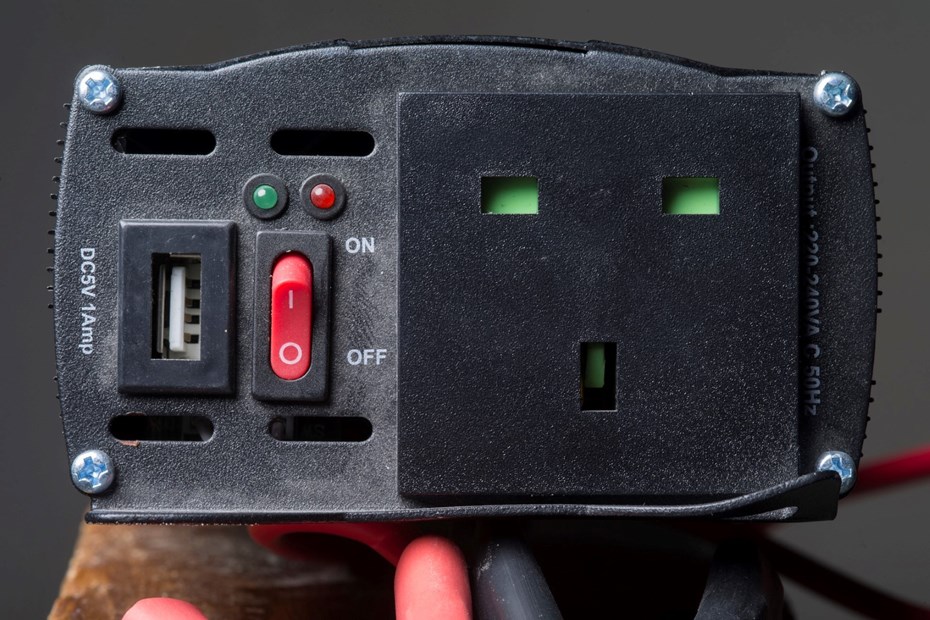Electricity can come across as a complicated entity. It can be complex when you delve deep into the lightning-paced world of charged electrons, but even burgers can be tackled if you want them to be. Thus, inverters look like boxes of mystery plastered with labels mentioning DC, AC, Watts, Volts, and Current.
Pushing all that to one side, inverters have one fundamental task: to turn low-voltage direct current (DC) power from a battery into alternating current power (AC) for household appliances and electrical equipment. Hence why it’s called an inverter.
For all intents and purposes here, the reason the power coming from a battery is DC is this: it just does. If you really want to know the science behind this fact, there is an explanation at the bottom of this article.
What is an inverter used for?
A power inverter is used to deliver AC power to equipment that needs it (which makes up a lot of standard and everyday appliances and tech) when no appropriate power outlet is available. Generators are different because they don’t convert DC power in batteries to AC power, but instead, use petrol or diesel motors to generate power.

Inverters can be used for domestic and commercial use and thus range enormously in size, price and performance. Here, we are focusing on the smaller inverters for use in cars, vans and motorhomes.
Given many devices can be charged via USB, primarily smartphones, inverters are only really useful for items that need a three-pin plug (such as a laptop or digital camera battery charger) or higher Wattage (such as a fridge for camping).
Buying an inverter: things you need to consider
Power output: You need to work out the total wattage drawn by the devices you’ll use. This is often pointed out on the label, but you can use this formula to work it out: Voltage (240V in the UK) x Current (Amps) = Power (Watts). The inverter needs to have a continuous power output greater than that coming from the plugged-in device or appliance.
Peak and continuous power: Electrical equipment often has a temporary surge of power when they start up that is more than their usual continuous power rating. Inverters have peak and continuous power ratings, so it’s important both are greater than those demanded by the item that is plugged into them.
The best power inverters for cars and campervans
Silverline 12V Inverter, 300W
Editor’s pick
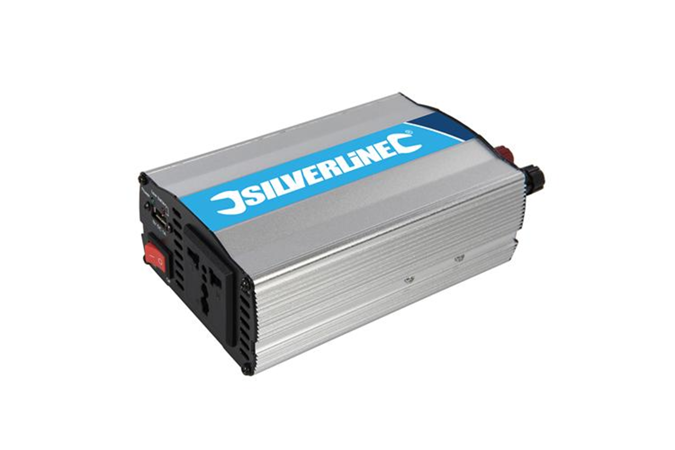
Price: £36.13 | VIEW OFFER
Verdict: A reliable little inverter from a reputable brand with plenty of power for devices and even larger appliances.
Peak: 600W
Continuous: 300W
Weight: 0.71kg
RS PRO 12V Inverter, 100W
Runner up
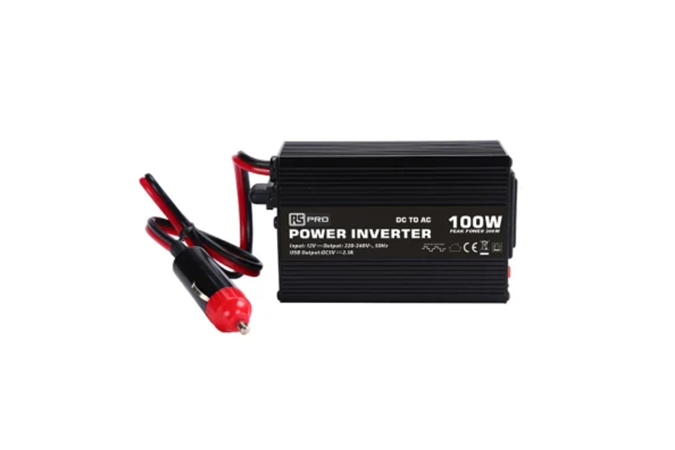
Price: £38.51 | VIEW OFFER
Verdict: Smaller and lighter than the Silverline inverter, this model is perfect for powering smaller devices such as laptops.
Peak: 200W
Continuous: 100W
Weight: 0.255kg
Sealey 12V Inverter, 1000W
Best for camping and campervans
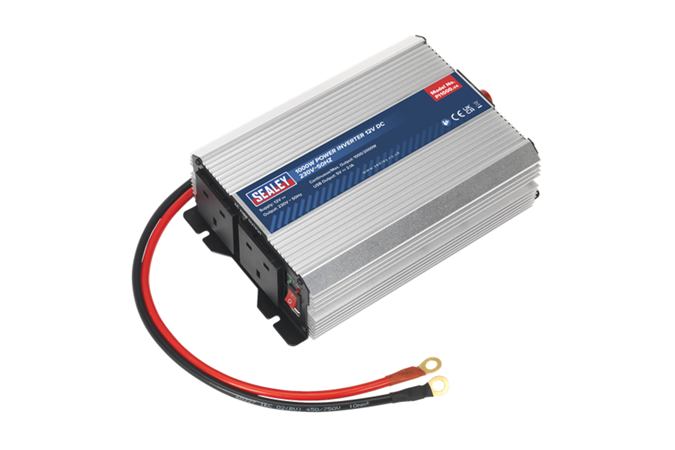
Price: £124.99 | VIEW OFFER
Verdict: A powerful yet compact 12V inverter suitable for most camping appliances. It has two three-pin sockets and even a USB port.
Peak: 2000W
Continuous: 1000W
Weight: 2.5kg
Ryobi RY18BI150A-0 Cordless Battery Inverter
Best cordless inverter
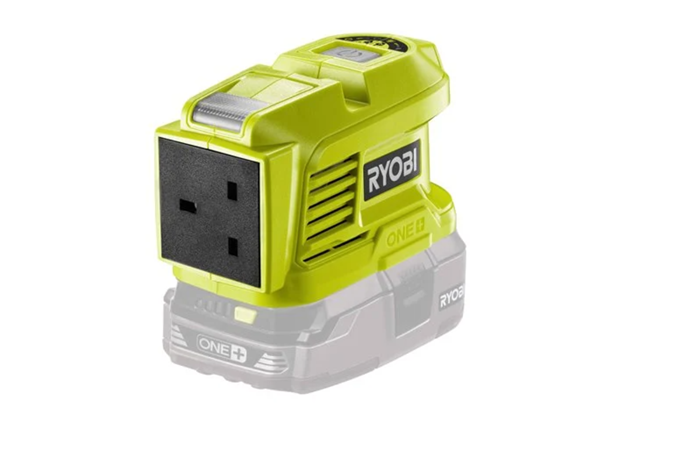
Price: £51.99 | VIEW OFFER
Verdict: A great addition to your Ryobi 18V tools, which allows you to charge smaller devices such as laptops from your 18V Ryobi batteries.
Peak: 300W
Continuous: 150W
Weight: 0.3kg
Hyundai HPS-600 Portable Power Station
Best portable power station
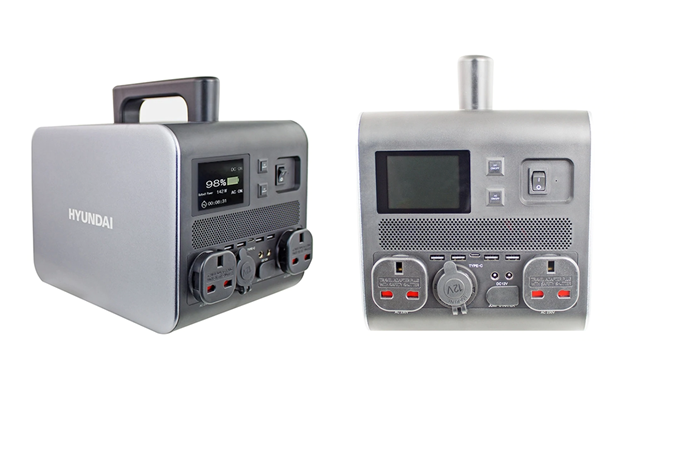
Price: £599.99 | VIEW OFFER
Verdict: One of the various sizes available, the HPS-600 is reasonably compact and the simplest way to provide cordless power to a campsite, or wherever you need it. Providing several AC and DC outputs, the HPS-600 is able to power almost anything you need.
Peak: 1000W
Continuous: 600W
Weight: 7.5kg
Capacity: 50Ah
DC and AC explained
Direct current (DC) power comes from sources like electrochemical cells in batteries and flows in one direction, from the negative, through the circuit, to the positive terminal. Alternating current (AC) power changes direction from time to time.
Why the different types? Although DC provides smoother power with a more stable voltage, AC is supplied to households because it can be transmitted over long distances, whereas DC cannot. AC is also easier to generate.
Pure Sine Wave and Modified Sine Wave
These are the two types of inverters available for use with your electrical equipment. Pure Sine Wave inverters are better for sensitive electrical gear like audio equipment because it resembles (or very closely resembles) the electronic waveform from the mains. Modified Sine Wave inverters alternate between positive, ground, and negative voltage to roughly replicate mains power waveform and are fine for most appliances and devices.
Modified Sine Wave inverters are much cheaper and simpler than Pure Sine Wave inverters. The only model recommended above that is a Pure Sine Wave is the Hyundai HPS-600.
Sign up to the Parkers Newsletter to keep up to date with more of the latest reviews, news, and recommendations from the Parkers team.
Just so you know, whilst we may receive a commission or other compensation from the links on this page, we never allow this to influence product selections – read why you should trust us.
Just so you know, we may receive a commission or other compensation from the links on this website - read why you should trust us.


